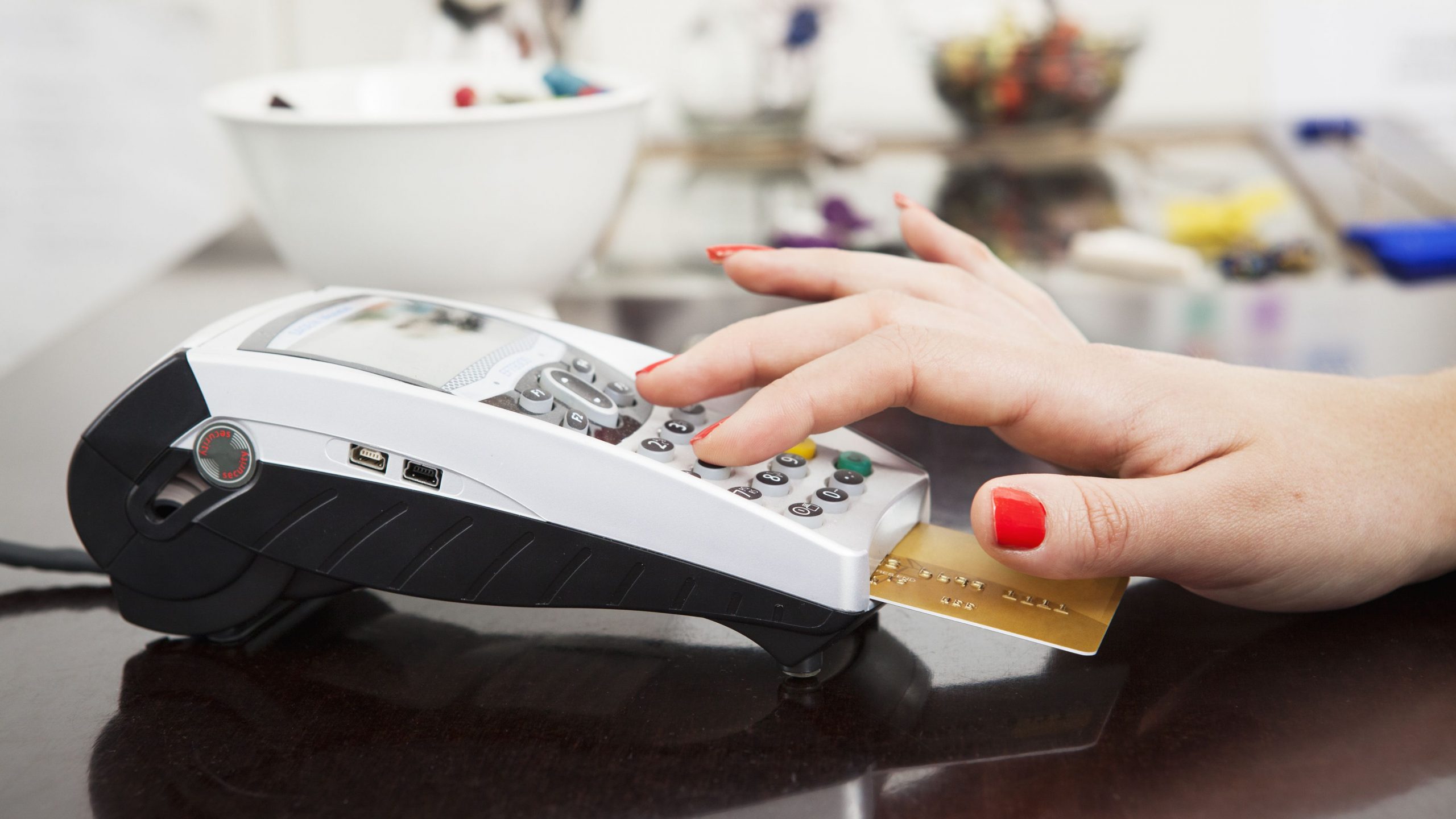
By Mildred Reeves January 12, 2022
Merchant Account providers offer a payment solution that allows you to accept credit cards and debit card payments from your customers. Although this seems like a simple concept, there is actually a ton of stuff that goes into becoming an authorized merchant. This often leads people (especially those who are new to the business) to ask: “what is a merchant account?”
Merchant accounts are typically applied for through a merchant account provider. This can be an individual or business that establishes the relationship between you (the client) and the acquiring bank (who processes the credit card transactions). The merchant account provider will submit an application on your behalf that outlines your business structure, payment processing needs, etc.
- The merchant account provider will typically require a few pieces of information from you. This includes:
- Your business name, address and contact info
- Details about your industry/line of business
- Specific details about how you plan to use the merchant account (i.e. will it be used for ecommerce, retail POS terminals, etc.)
- A copy of your business licenses (if you’re using the account for ecommerce, they’ll likely want to see your SSL certificate)
- Your credit score (they might not require this up front, but it will be required at some point along the way)
- “Good standing” status in your state/county/city (if you’re applying for a retail merchant account)
- Details about your business banking accounts (i.e. Checking & Savings account numbers, SWIFT/BIC codes, etc.)
Although this might seem like a lot of work, it’s important that you provide your merchant provider with detailed information. This will greatly speed up the processing of your application. If you’re using the account for ecommerce, they’ll be especially interested in knowing about the SSL certificate/security software you plan on using for online transactions (if you don’t have any security software or an SSL, this will likely disqualify you).
The next step is to complete a sales agreement between yourself and your merchant account provider. Make sure you read the fine print before signing on the dotted line, some agreements have pretty nasty termination fees if you try to close your account early.
Once this is finished, your merchant account provider will give you a dedicated account manager who will guide you through the process of setting up an online account with the acquiring bank (you can also use an offline payment processor).
This is a good opportunity to ask your account manager any questions you might have about the process, rate structures, etc. It can be a bit confusing at first if you’ve never used a merchant account before, so make sure to take advantage of all the support your account manager offers.
Once your online merchant account is set up, you’ll be ready to start accepting credit card payments. You may also need to do some additional research depending on the type of account you’ve obtained (i.e. If it’s an ecommerce merchant account).
Remember, if your business needs more than one merchant account (for example, one for online transactions and another for in-store transactions) you’ll need to apply for two accounts. There are also some types of businesses that aren’t eligible for merchant accounts (i.e. Pornography, Online Pharmacies, etc.).
If you have any additional questions about what is a merchant account or how to obtain one, leave us a comment below! Don’t forget to check out our merchant account blog for updates on the industry.